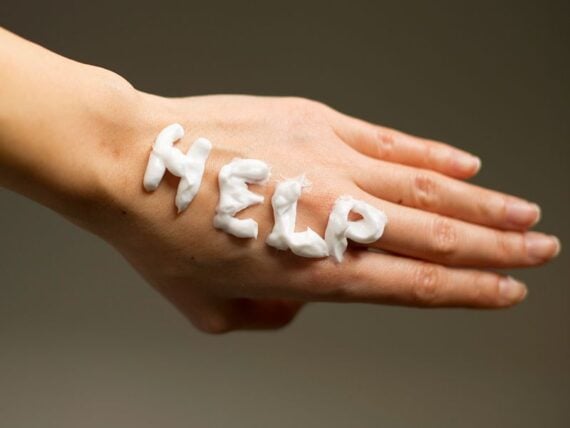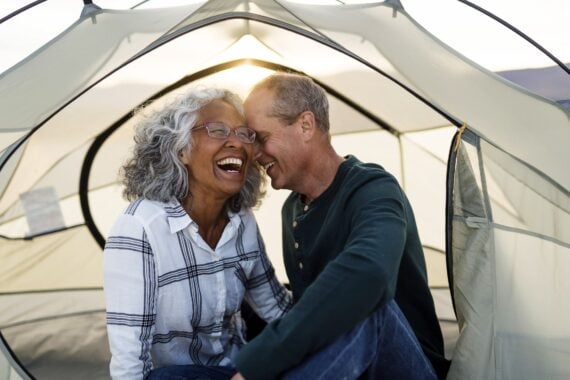According to the National Institute on Aging, “Our skin changes with age. It becomes thinner, loses fat, and no longer looks as plump and smooth as it once did.” As we get older, bones and veins are often more visible, the Institute points out, while cuts, scratches and bruises can also heal more slowly. If you’ve spent long periods of time out in the sun throughout your life, whether working, sun tanning or because of an active lifestyle, there’s also a higher likelihood that you could develop wrinkles, age spots, dryness and potentially cancer. All of this can be exacerbated by the extremes of winter, and seniors need to take extra care of their vulnerable skin during the coldest months.
REMEMBER THE ‘3 H’S’
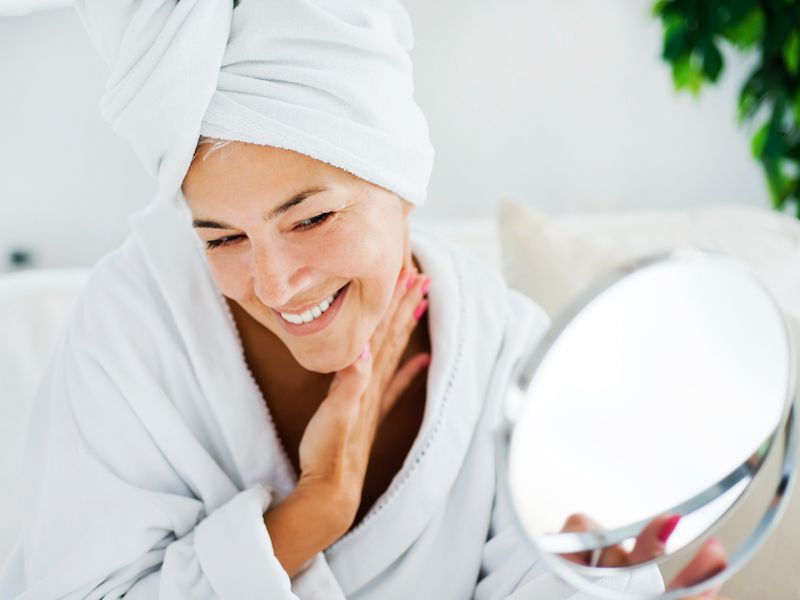
● Humidify the rooms where you spend the most time since home heating systems dry out the air.
LAYER UP WHEN YOU VENTURE OUTDOORS
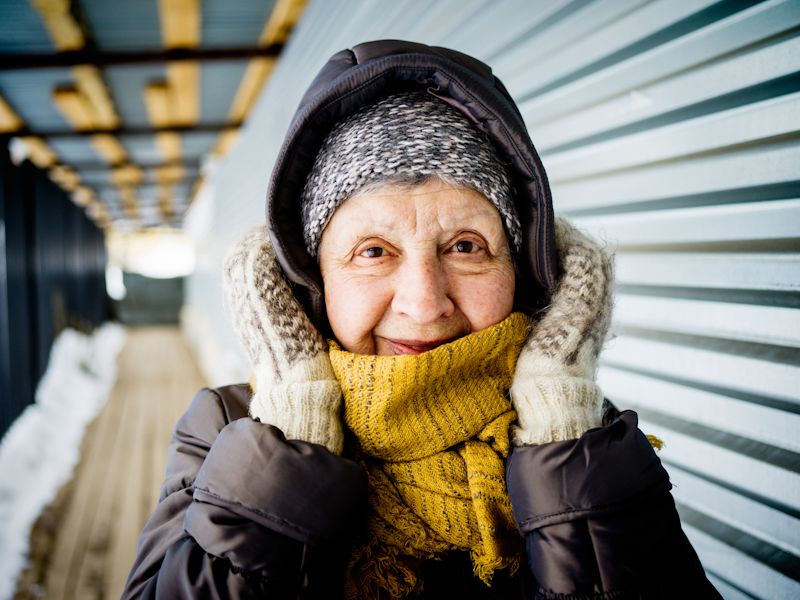
“Dress in layers that you can easily put on and take off as you’re out and about,” she said. “And make sure to cover your skin when outdoors to protect from the elements.”
EXFOLIATE LIKE YOUR SKIN DEPENDS ON IT
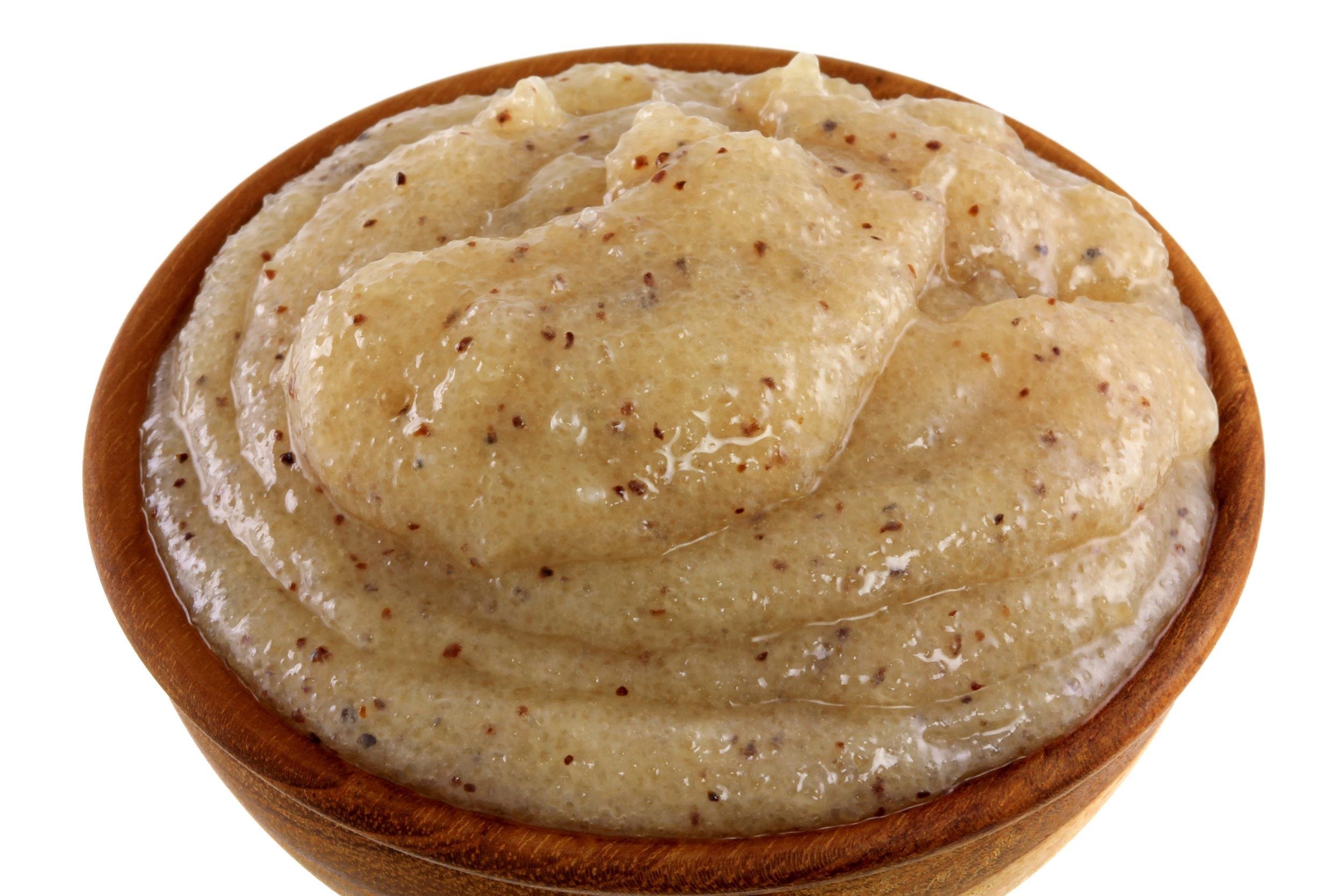
“This is a big one, and truly the single best thing to do,” she said. “Why? Well, the reason is simple. When you regularly polish off the dead, dry, flaky top layer of skin, the healthier layers come forward. To further that thought, think of your skin as a canvas. The smoother the surface the easier everything will go on it. When you moisturize, you are putting it on the better skin cells and therefore the product will work better and give you better results. You’ll never be itchy and dry if you do this simple thing. Also, the older we get, the less skin turns over itself, so it needs a little push.”
DRINK PLENTY OF WATER
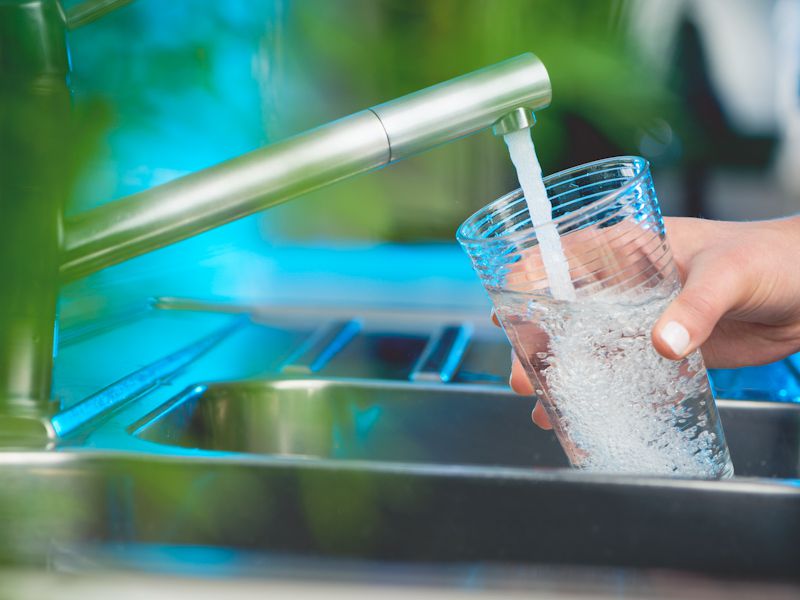
“Older people tend to drink less water, which is a real problem not only for skin, but for overall alertness and health,” she said. “You don’t want to look tired or sallow, do you? That is what dehydration can do to your skin. If you are feeling thirsty, you are already there. Drink, drink, drink. I recommend, after reading tons of literature on the subject, drinking about half your weight in ounces — i.e.: if you weigh 140 pounds, you should drink 70 ounces a day. The more you are hydrated from the inside, the better for you and your skin.”
MOISTURIZE SKIN WITH A BALM OVER A LOTION
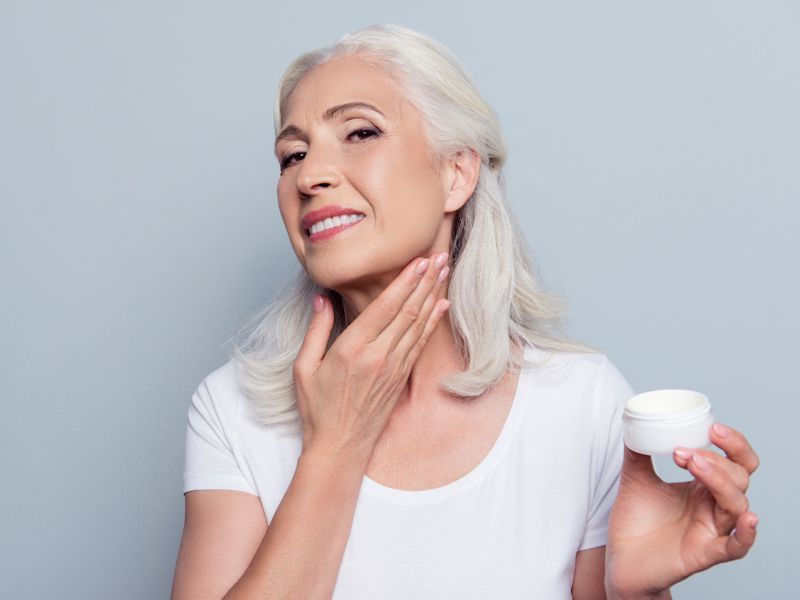
“Moisturizers come in different formats and recipe ratios,” Perry said. “Because there is less water and more active ingredient in a balm, it will be more nourishing and last longer on your skin. Believe it or not, lotions can be up to 80 percent water, creams are about 50 percent, and balms are usually about 20 percent water or less. So they’re perfect for older, drier skin.”
Trending on Cheapism
EAT GOOD OILS

“Foods like avocados are brilliant in both taste, satiety and good-for-your-skin omega oils,” Perry said. “Other foods high in omega oils include flax seed, olives and nuts of all kinds. Try the dry roasted, unsalted versions.”
TAKE EXTRA CARE IF YOU HAVE PRE-EXISTING SKIN CONDITIONS
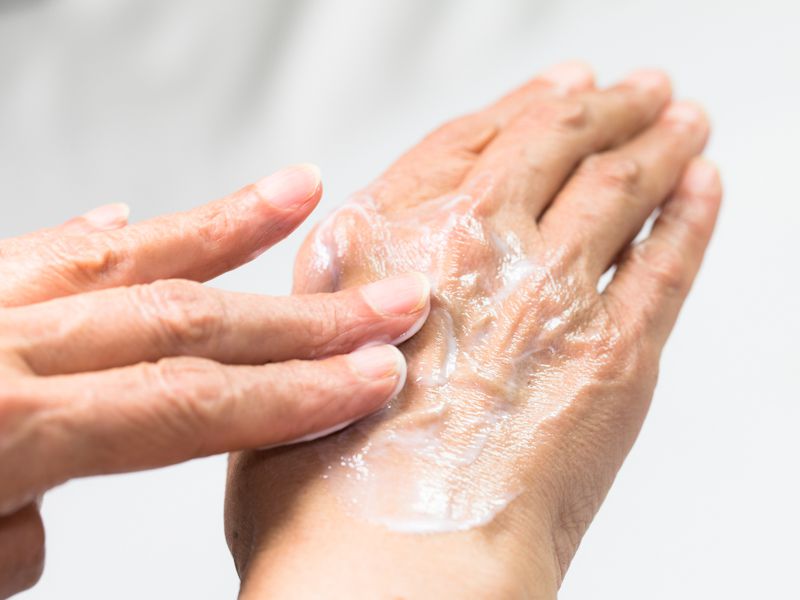
“Protecting your skin from excessive dryness is extremely important to maintain skin barrier defenses,” she said. “And it is even truer if you also suffer from skin conditions such as eczema, psoriasis, and xerosis. These skin conditions flare up with low-humidity and low-temperature conditions, so it is necessary to step up efforts to maintain stronger skin. The truth is that any trauma to the skin, such as cracking, causes an inflammatory response, which can make the skin more susceptible to flare-ups of these conditions.”
SUNSCREEN IS NOT JUST FOR SUMMER
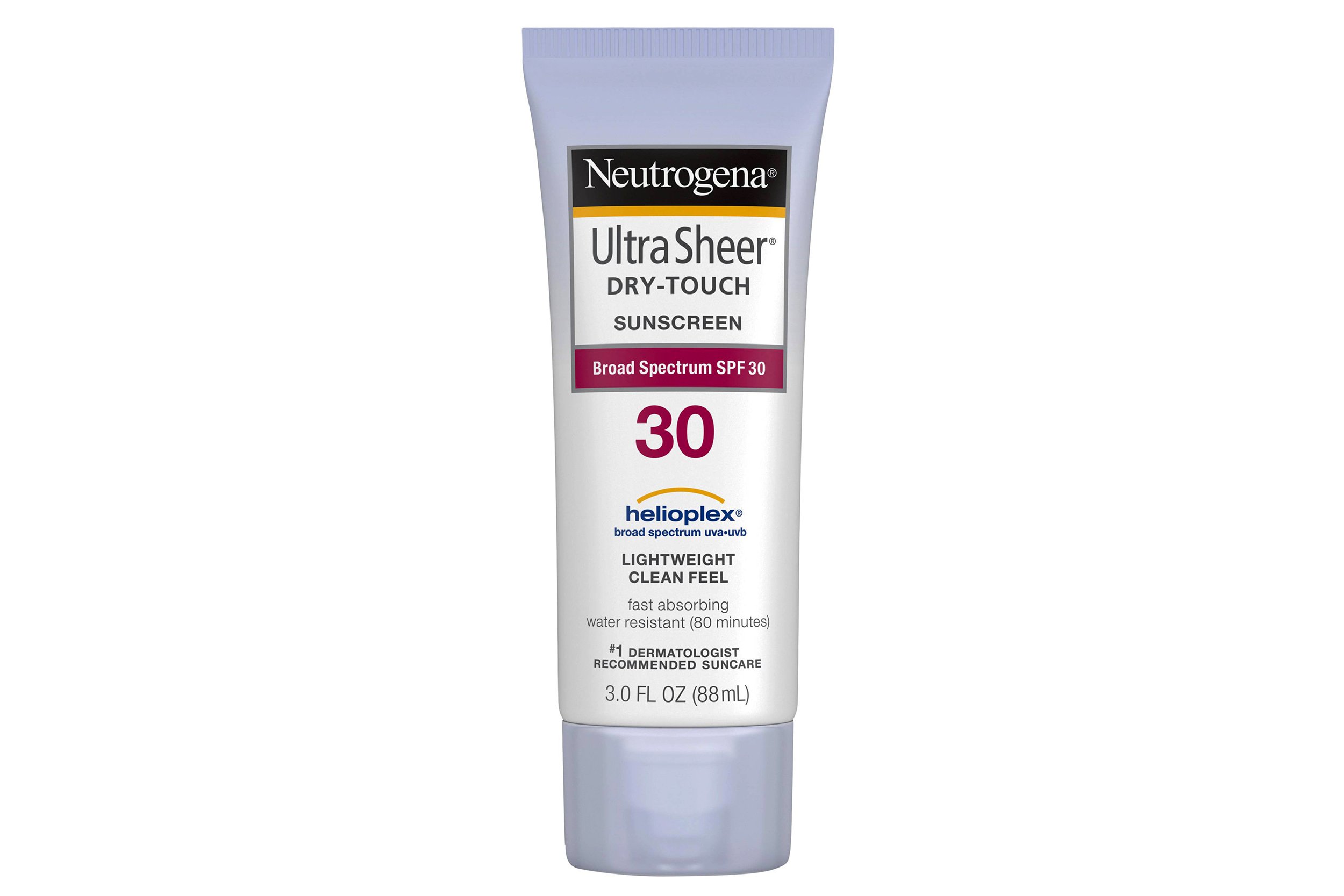
“While you might not feel hot, the UV rays are still harmful to the skin, so cover and protect exposed skin,” she said. “Note that as we age, our natural UV defenses slow down because the melanocyte that makes the pigment to protect us does not function so well in later years.”
Sign up for our newsletter
MONITOR WATER TEMPERATURES WHEN YOU SHOWER OR BATHE
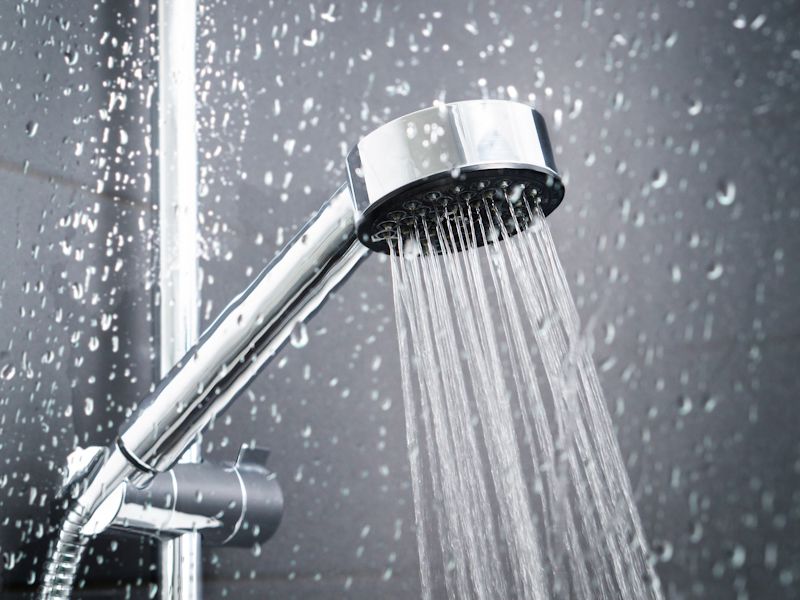
“Even though your toes might be freezing, don’t submerge yourself in overly hot showers and baths,” Serbon said. “Your skin contains lipids, which are oils that are essential to the skin’s performance. Lipids are necessary to form the skin barrier. This barrier is your first line of defense. Pat your skin dry after your shower or bath and moisturize. Think about what you are using to cleanse your skin, as this can ‘wash out’ the critical lipids necessary for the skin barrier to function.”
FEED YOUR SKIN WITH A BIOCOMPATIBLE MOISTURIZER
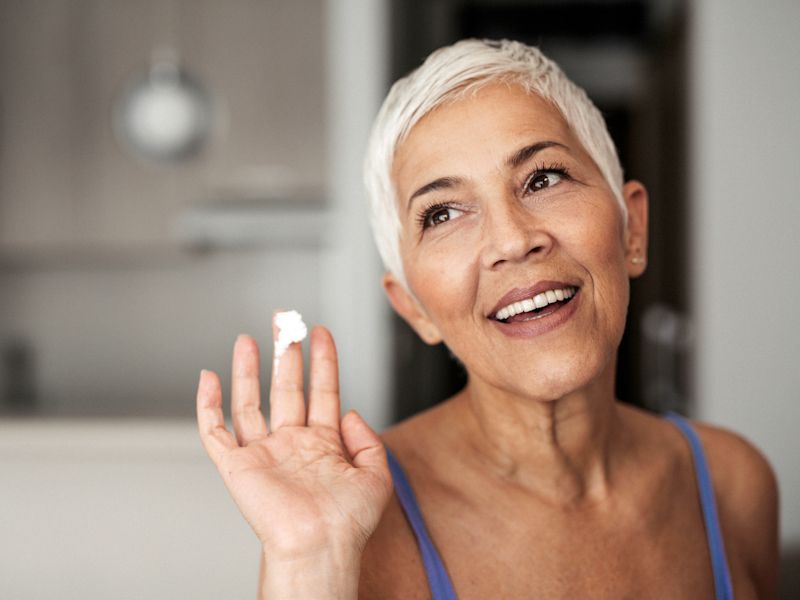
“One idea behind a rich, biocompatible moisturizer is that the lack of lipids in the skin speeds up transepidermal water loss,” (TEWL) Serbon said. “As lipids sit on water, it helps to retain moisture in your skin, which amongst other functions is necessary for enzyme activity within the skin. In effect, the use of moisturizers based on the science of corneotherapy effectively means you are applying a skin barrier while your skin is given the opportunity to repair its natural barrier.”
INVEST IN A HUMIDIFIER
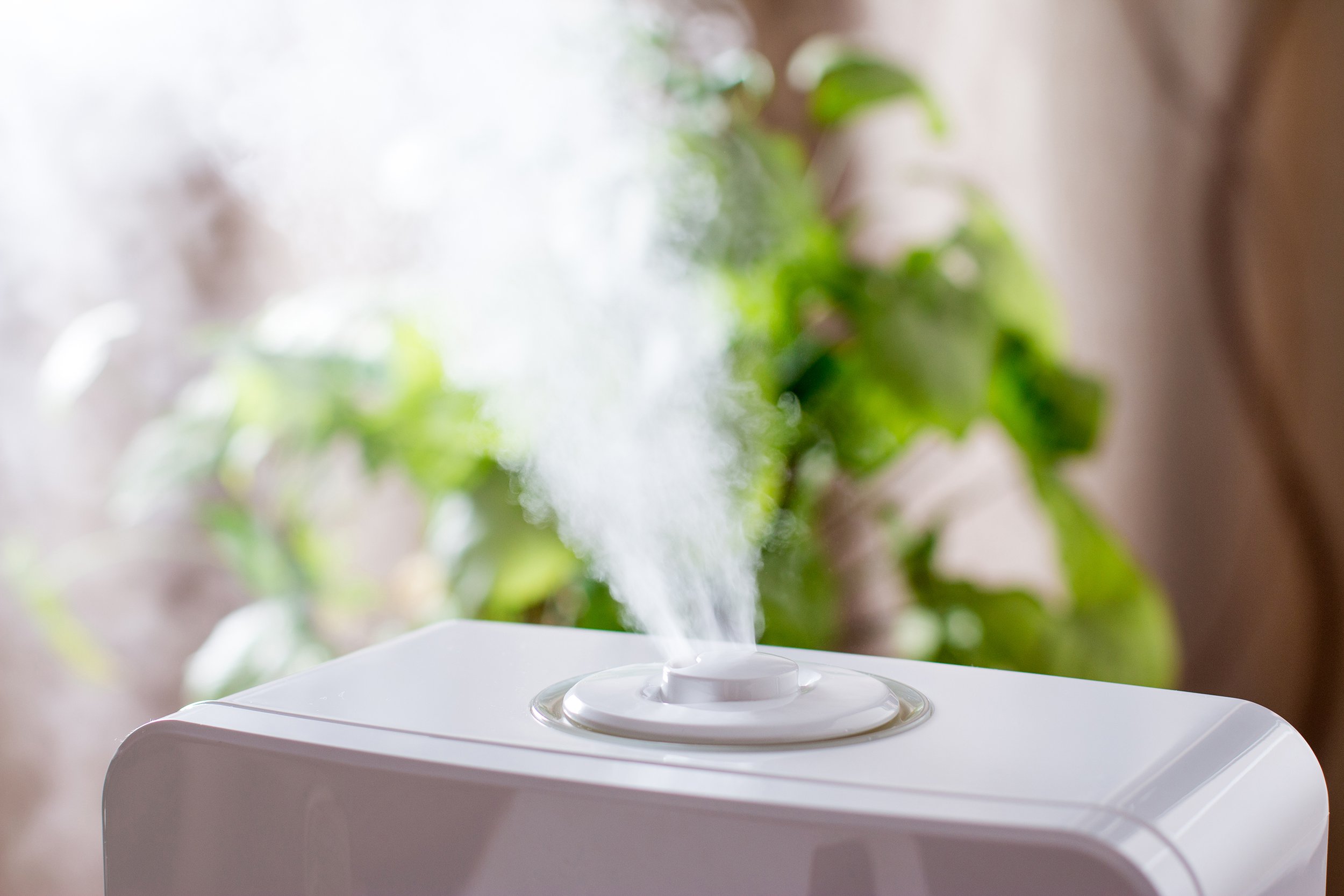
“If you live in areas of low humidity, consider adding a humidifier to your home or space you live in the most,” Serbon said. “It will help retain moisture in your skin as low humidity increases TEWL, which leaves your skin dry.”
LOOK TO PRODUCTS WITH VITAMIN A
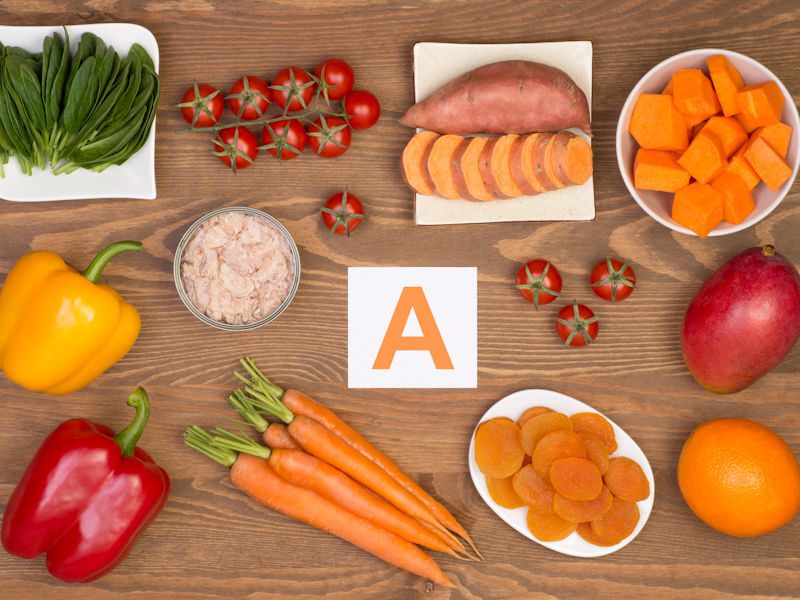
“It is typical that skin requires more lipids in the winter,” Serbon said. “Your active ingredients should also be adjusted. Winter is a great time to focus on actives such as vitamin A, as an example, because sun exposure is lower and vitamin A can be better utilized.”
